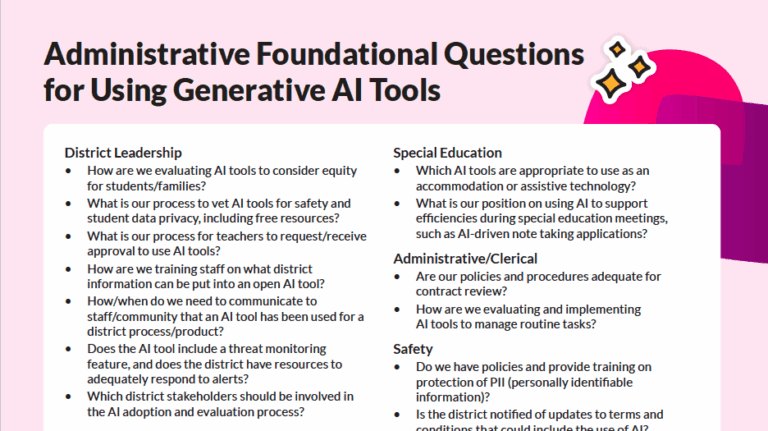This resource is provided by ACSA Partner4Purpose Forecast5 Analytics.
Interestingly enough, there are many traditional business marketing practices incorporating data and analytics, which a school can use to build and enhance their brand and make better decisions for students and communities.
What is a brand?
A brand is more than just a logo or tagline. It is also about feeling and the perception your organization creates in the consumer’s mind when they see your name and logo. Specifically, a brand reinforces and reminds students and the community of immediate and future goals, builds connections and perceptions with the students and the school community and creates a sense of ownership and community for the campus. A brand is your identity: the values, culture and personality that distinguish your school from any other.
Step 1: Define your brand values
The first step in creating your brand is to define your unique value proposition. During this stage, it’s important to seek feedback from staff related to such questions as “What’s important to you?” Who are we now or where are we now?” “Who do we want to be”? “What are our strategic goals?”
After you gather feedback, it’s then important to gain agreement across the organization. I suggest organizing a brainstorming session where you list your values and prioritize them based on what you believe in and want your organization to stand for. Think of your values in terms of words that could represent them and your organization. Ensure input is integrated from across the team and then align upon six to eight words or phrases that define your brand.
Step 2: Consistently deliver on the promise
Step 2 is about being consistent and repetitive in displaying your brand’s values in everything you do. Your core brand values should drive everything everyone does in the organization. Consistency sets expectations and reliance on what you offer thereby reinforcing your brand.
Step 3: Create your name and logo
Most established school districts have a name and logo, but there is often an opportunity to recreate these brand elements based on how your organization has evolved. When thinking about a name, consider names that are easily spelled and pronounced, have less words for memorability and describe what you do. A logo should be recognizable and memorable, as well as relevant. It should convey your brand’s personality visually and emotionally.
Step 4: Create and integrate your distinct voice
Every interaction – written and verbal – with students, employees, board members and community members should have a set tone of voice. Your voice should be consistent across every interaction to make an impact on the experience people have with your brand.
Step 5: Build your brand though good citizenship and advocacy
When you establish your brand and parents understand that they and their kids are part of it, they then want to share. Part of building your brand is also involving and engaging the community, seeking brand champions amongst that audience and building connections.

































